Rise in Disposable Income
The Organic Infant Formula Market is also benefiting from the rise in disposable income among families. As economic conditions improve, parents are more willing to invest in premium products that promise better health outcomes for their children. This trend is particularly evident in emerging markets, where an increase in income levels correlates with a heightened demand for organic infant formulas. Market data indicates that households with higher disposable incomes are likely to spend approximately 20% more on organic products compared to their lower-income counterparts. This willingness to spend reflects a broader trend of prioritizing quality over cost, suggesting that the market for organic infant formulas will continue to thrive as economic conditions improve.
Innovations in Product Offerings
The Organic Infant Formula Market is witnessing a wave of innovations in product offerings, which is a key driver of market growth. Manufacturers are increasingly developing new formulations that cater to specific dietary needs, such as lactose-free or hypoallergenic options. This diversification not only meets the varied preferences of parents but also addresses specific health concerns related to infant nutrition. Recent data shows that innovative products account for nearly 30% of the total sales in the organic infant formula segment. As companies continue to invest in research and development, the introduction of novel products is expected to further stimulate market growth, appealing to a broader consumer base.
Expansion of Distribution Channels
The Organic Infant Formula Market is experiencing significant growth due to the expansion of distribution channels. The rise of e-commerce platforms has made organic infant formulas more accessible to a wider audience, allowing parents to purchase these products conveniently from home. Recent statistics indicate that online sales of organic infant formulas have increased by over 25% in the past year, reflecting a shift in consumer shopping behavior. Additionally, traditional retail channels are also adapting by increasing their organic product offerings. This multi-channel approach not only enhances product availability but also caters to the diverse preferences of consumers, suggesting that the market will continue to grow as distribution channels expand.
Growing Awareness of Environmental Impact
The Organic Infant Formula Market is increasingly influenced by the growing awareness of environmental sustainability. Parents are becoming more conscious of the ecological footprint of their purchasing decisions, leading to a preference for organic products that are perceived as more environmentally friendly. The organic farming practices associated with these formulas often result in lower pesticide use and reduced environmental degradation. Market Research Future indicates that approximately 60% of parents consider the environmental impact of their purchases, which significantly drives the demand for organic infant formulas. This trend suggests that as environmental awareness continues to rise, the market for organic infant formulas will likely expand, appealing to eco-conscious consumers.
Increasing Health Consciousness Among Parents
The Organic Infant Formula Market is experiencing a notable surge in demand, driven by the increasing health consciousness among parents. As more caregivers prioritize nutrition and the quality of food for their infants, the preference for organic products has escalated. According to recent data, the organic infant formula segment has witnessed a growth rate of approximately 10% annually, reflecting a shift towards healthier dietary choices. Parents are increasingly aware of the potential health risks associated with synthetic additives and preservatives, leading them to opt for organic alternatives. This trend is further supported by educational campaigns that emphasize the benefits of organic nutrition for infants, suggesting that the market will continue to expand as awareness grows.
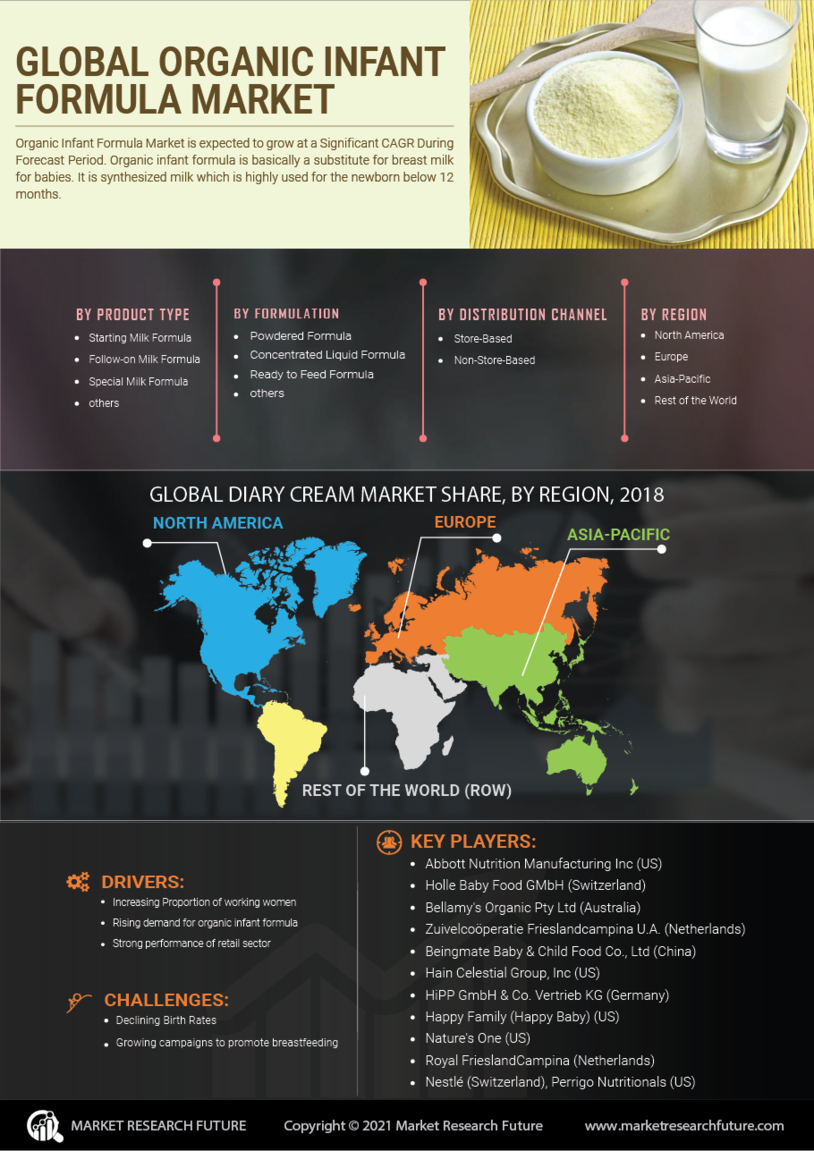

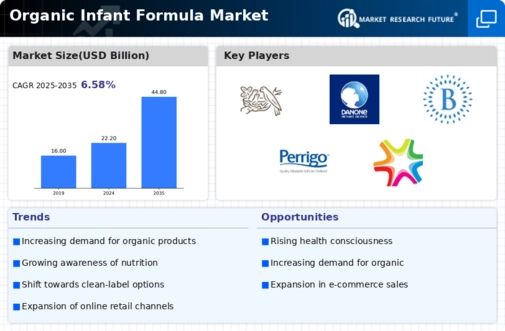
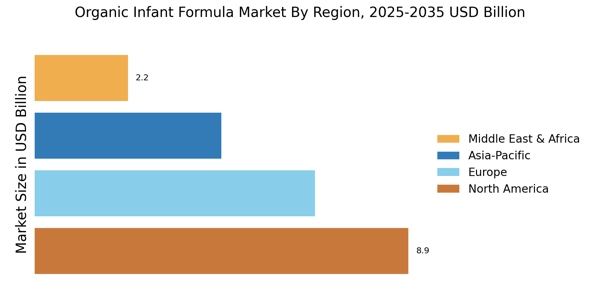
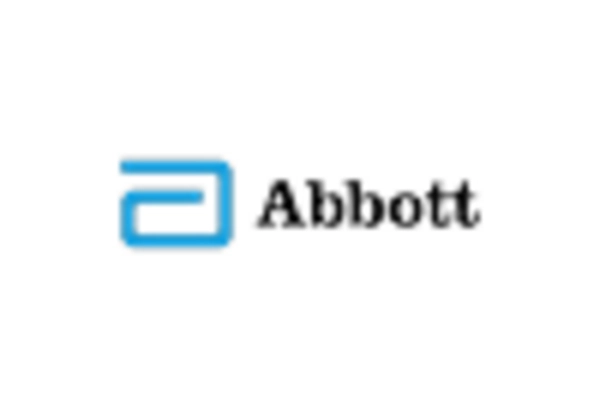
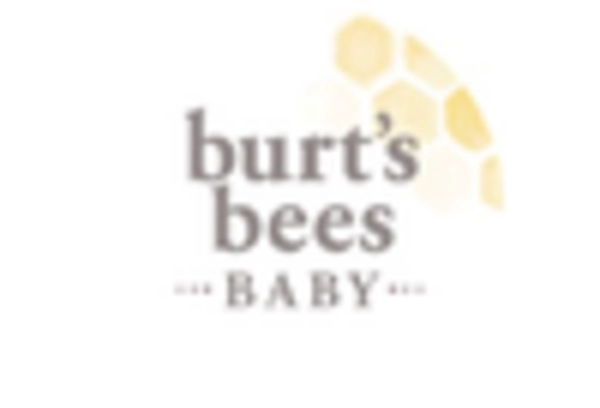
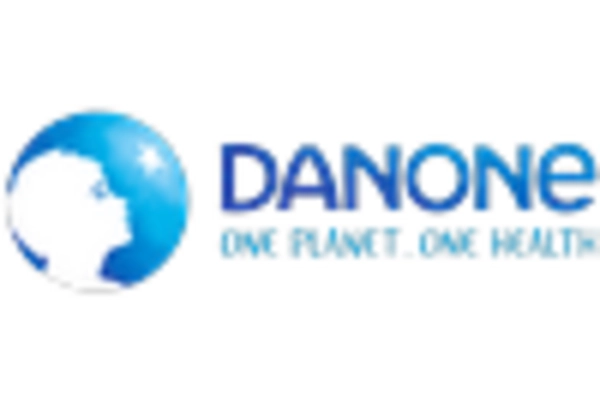
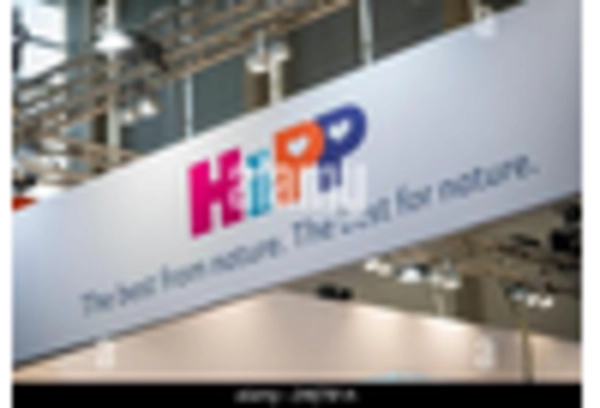
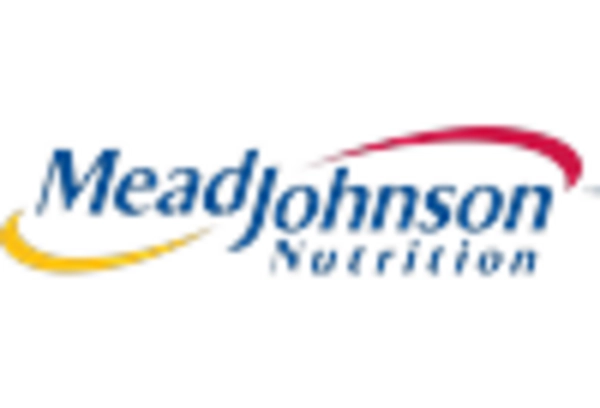
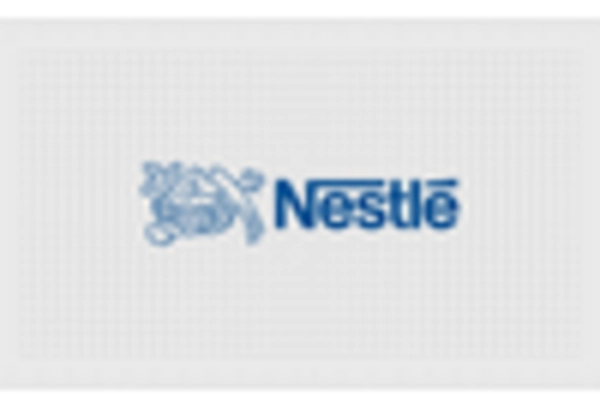








Leave a Comment